Few people consider South Korea as a birding destination, instead being drawn to nearby Japan, particularly to see some of East Asia's most exciting winter birds. However, after visiting for a holiday with my wife, I realized what a fantastic alternative South Korea is with wonderful birds like Steller's Sea Eagle, White-naped Crane, Solitary Snipe, Varied Tit, Red-crowned Crane and Oriental Stork within easy reach of Seoul, the capital city. In comparison to Japan, these birds can also be seen within a much more modest budget in South Korea.
Since 2016 I have led several winter birding tours to South Korea and each time it has been extremely rewarding with many excellent sightings of spectacular birds as well as some really amazing bird congregations, often numbering in the tens of thousands.


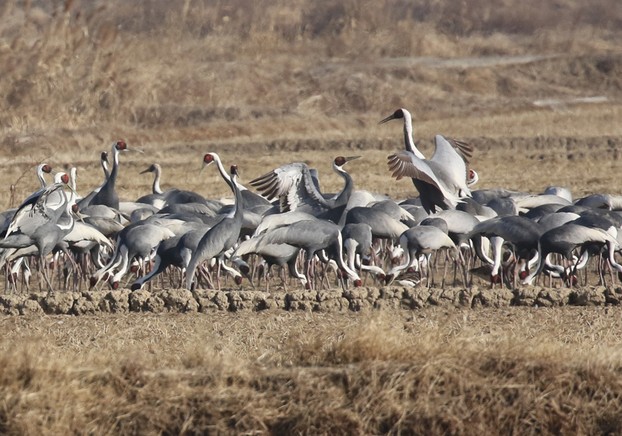
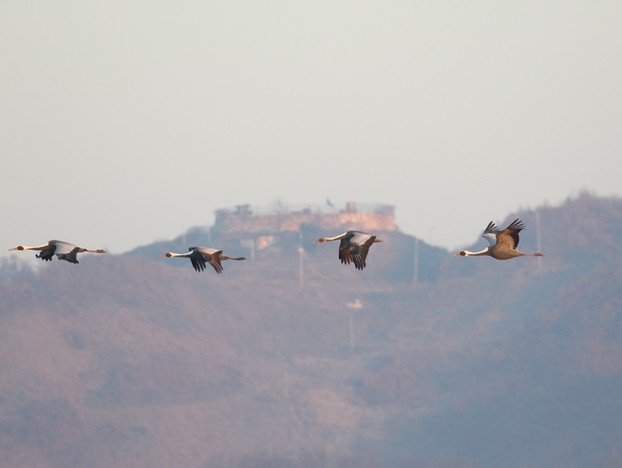
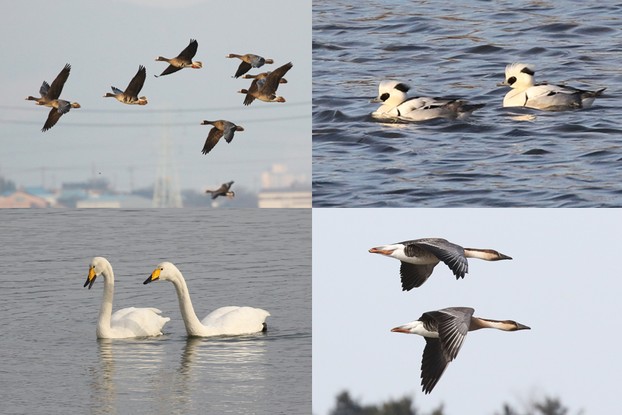
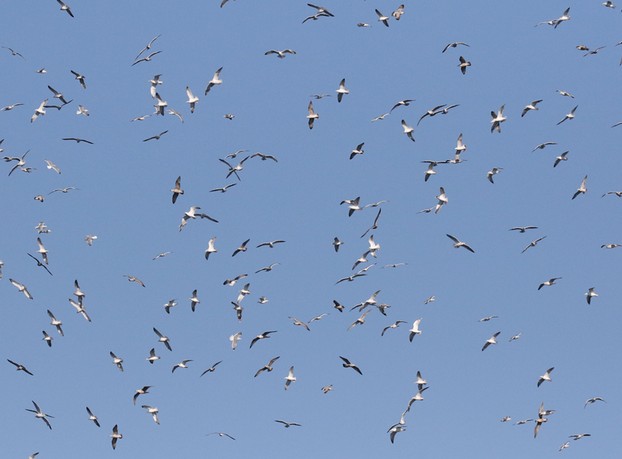
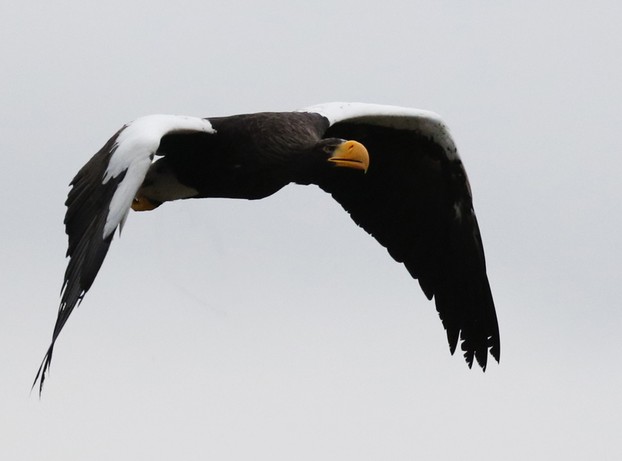
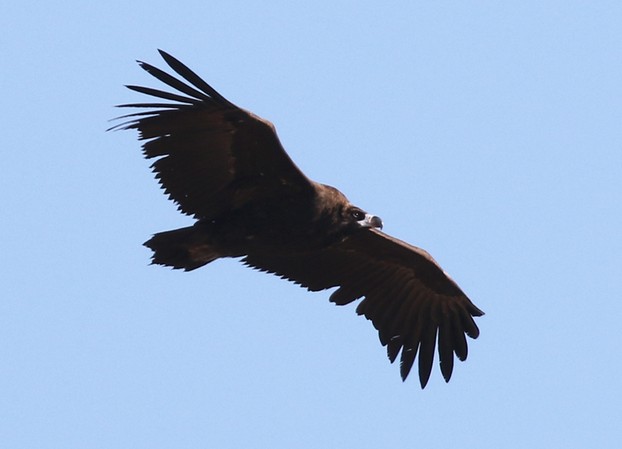
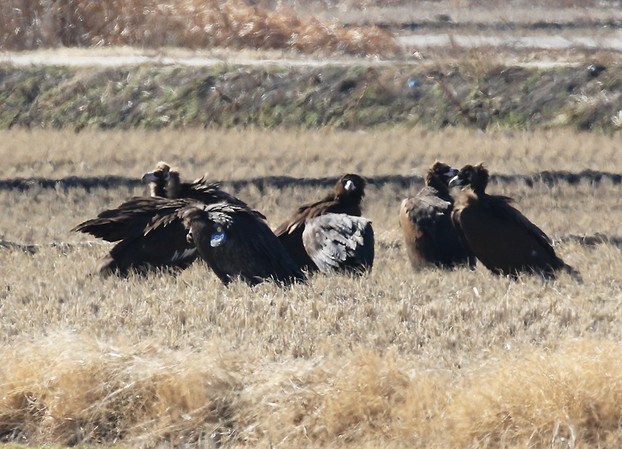
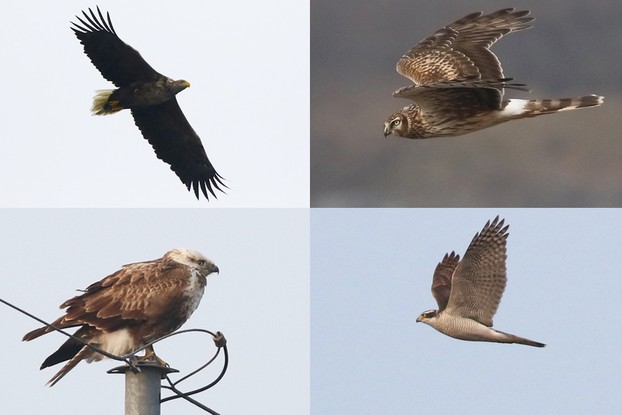
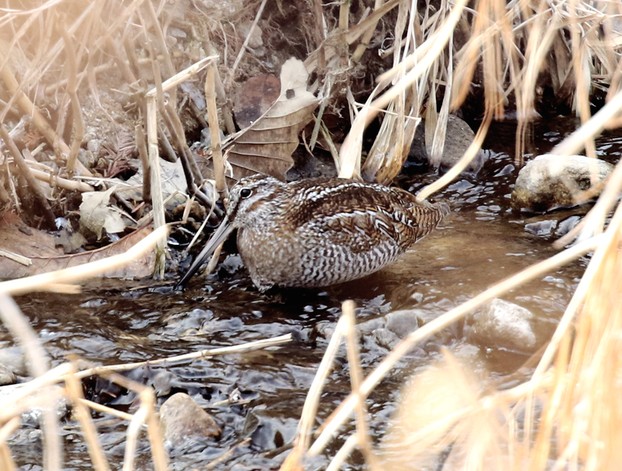
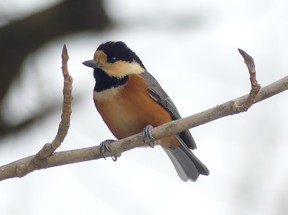 Who doesn't like Varied Tit? This colourful and busy little bird is restricted to a fairly small part of East Asia and its striking colours make it one of the most anticipated species for any birder visiting South Korea at any time of the year.
Who doesn't like Varied Tit? This colourful and busy little bird is restricted to a fairly small part of East Asia and its striking colours make it one of the most anticipated species for any birder visiting South Korea at any time of the year.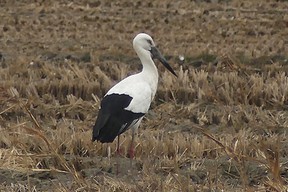 Oriental Stork is a genuine global rarity and another East Asian speciality. It is probably at its most abundant at Pohang Lake in China but several locations around South Korea are maybe easier locations to visit. Hwaseong Wetlands and Seosan along the west coast are excellent locations for finding this endangered species.
Oriental Stork is a genuine global rarity and another East Asian speciality. It is probably at its most abundant at Pohang Lake in China but several locations around South Korea are maybe easier locations to visit. Hwaseong Wetlands and Seosan along the west coast are excellent locations for finding this endangered species. 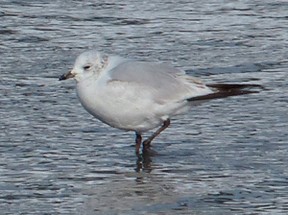 A rare bird that breeds on scattered saline lakes in North and Central Asia in many places that are hard to get to. However, in winter these birds come to the East Asian coast where they favour mud flats.
A rare bird that breeds on scattered saline lakes in North and Central Asia in many places that are hard to get to. However, in winter these birds come to the East Asian coast where they favour mud flats.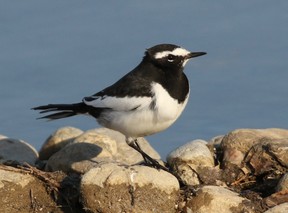 From the name Japanese Wgtail one might think that this bird is restricted to Japan. I certainly did before visiting South Korea. However, this smart wagtail is also rather common along stony rivers in South Korea.
From the name Japanese Wgtail one might think that this bird is restricted to Japan. I certainly did before visiting South Korea. However, this smart wagtail is also rather common along stony rivers in South Korea.

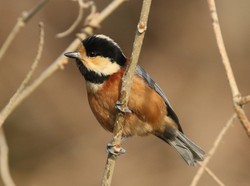

 Birding in Uzbekistan Highlightson 06/10/2025
Birding in Uzbekistan Highlightson 06/10/2025
 Sri Lanka Birding Tour Highlightson 05/28/2025
Sri Lanka Birding Tour Highlightson 05/28/2025
 Birding In Asia - Top Bird Watching Locationson 04/05/2020
Birding In Asia - Top Bird Watching Locationson 04/05/2020
 Bird Videos for Relaxationon 10/20/2021
Bird Videos for Relaxationon 10/20/2021
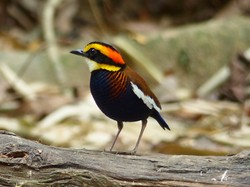
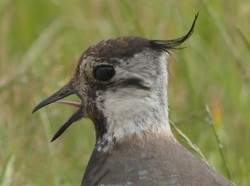
Comments
The last four images have no attributions. Might they be photographs taken by you?
The third subsubheading, Oriental Stork, under your third subheading, Regional Specialities, mentions that "There have been programs to reintriduce Oriental Stork in both South Korea and Japan with these birds having rings on their legs."
Is there any indication as to the failure or success of such introductions?
Your photos in the article are good enough to qualify South Korea for bird watching. It is true Korea as a tourist destination is known to few people whereas Japan has attracted many tourists year after year. I must say you must surely love the country if you have made many trips to it.
Glad you enjoyed the article and photos.
You are so right. I had never considered Korea to be a birding destination. You have opened up anew train of thought for me.
Your photos are superb. Ty.